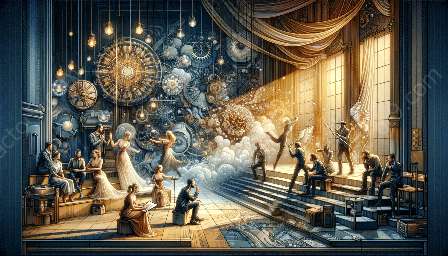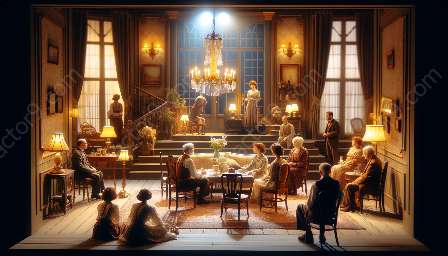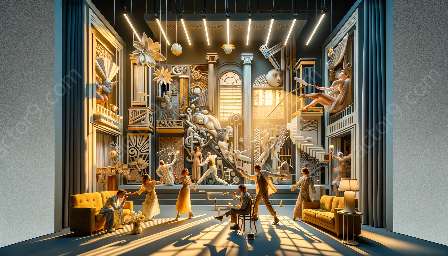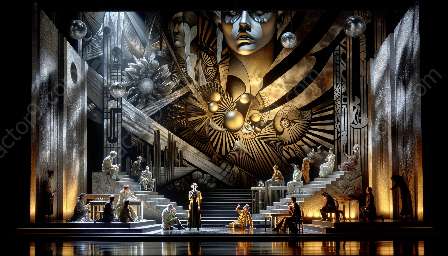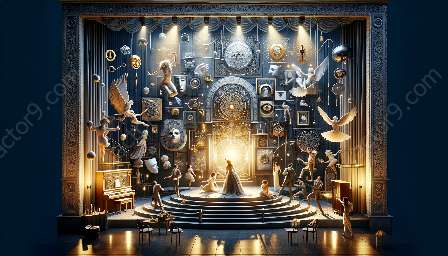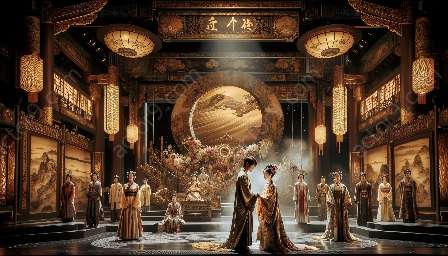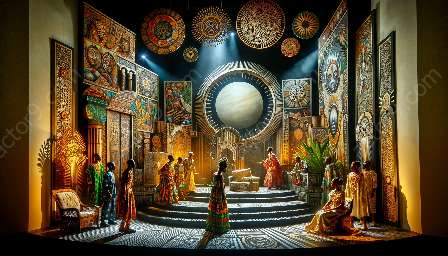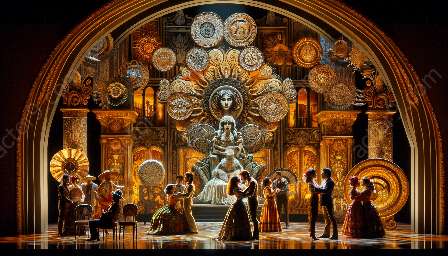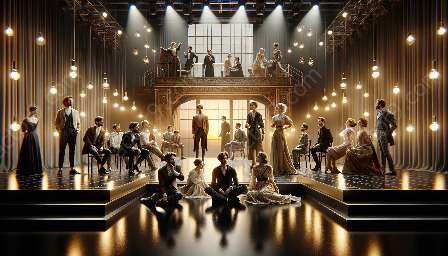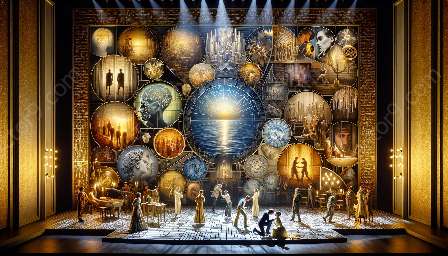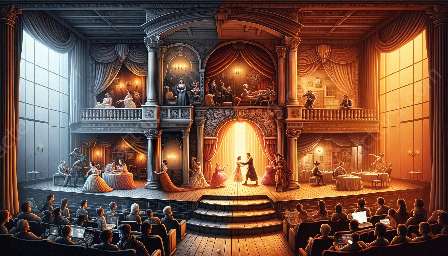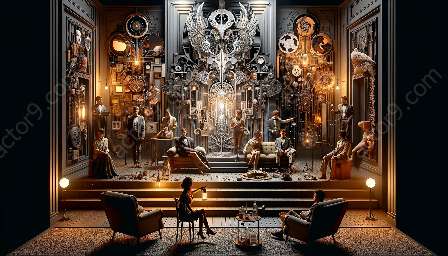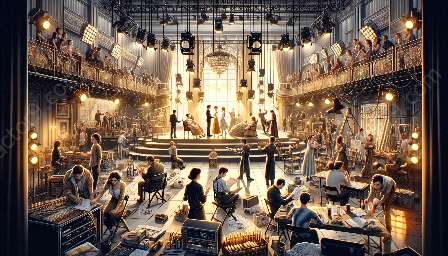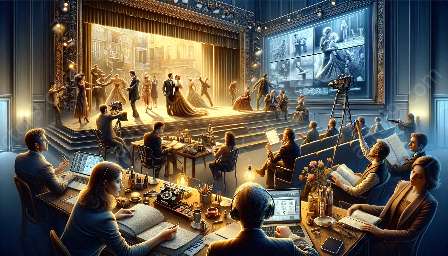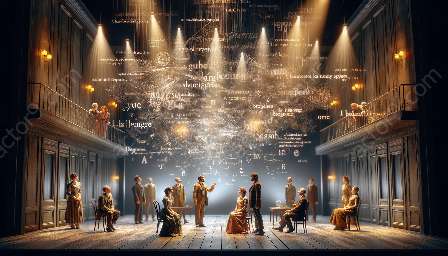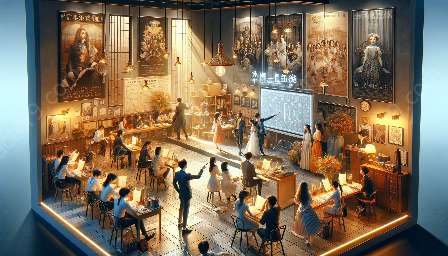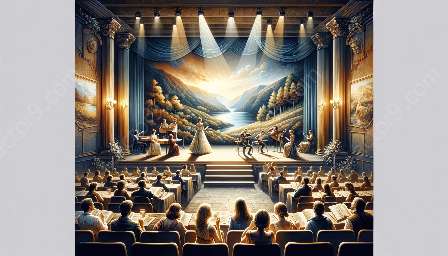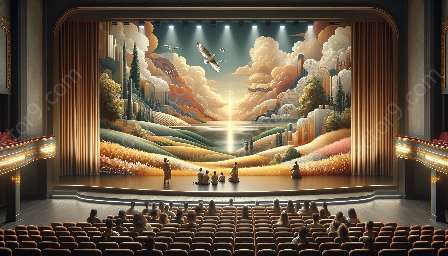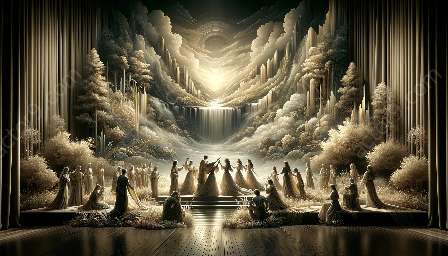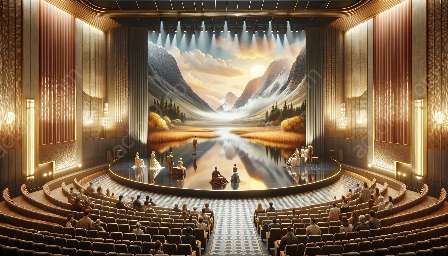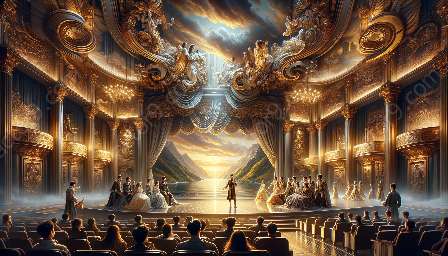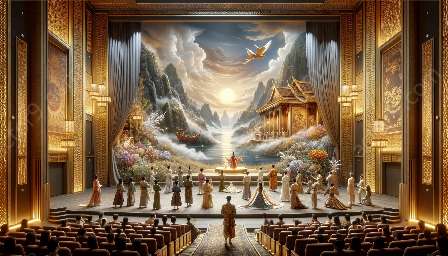Latin American modern drama and traditional Latin American theater are two distinct theatrical forms that have evolved over time, each with its unique characteristics, styles, and cultural influences. Understanding the differences between them sheds light on the rich history and artistic evolution of Latin American theater.
Historical Context
Traditional Latin American theater has its roots in pre-Columbian and colonial times, often drawing inspiration from indigenous rituals, folk traditions, and European influences. Religious themes, masked performances, and dance dramas were prevalent in traditional theater, reflecting the cultural and social practices of the time.
In contrast, Latin American modern drama emerged as a response to social, political, and artistic movements of the 20th and 21st centuries. It is heavily influenced by contemporary issues, such as urbanization, globalization, and social justice, reflecting the changing landscape of Latin American society.
Artistic Style and Themes
Traditional Latin American theater often incorporates elements of magical realism, folklore, and mythology, portraying a deep connection to nature, spirituality, and the supernatural. The use of vivid costumes, masks, and ritualistic performances is characteristic of traditional theater, creating a sense of mysticism and cultural heritage.
In contrast, Latin American modern drama explores a wide range of themes, including identity, human rights, gender equality, and political upheaval. Its artistic style may embrace experimental techniques, multimedia elements, and non-linear narratives, reflecting the diverse and complex realities of contemporary Latin America.
Cultural Representation and Influence
Traditional Latin American theater often serves as a platform for preserving cultural traditions, rituals, and ancestral knowledge, contributing to the preservation and celebration of indigenous and folkloric heritage. It embodies a sense of communal storytelling, connecting audiences to the rich tapestry of Latin American history and mythology.
In modern drama, there is a strong emphasis on representing the voices of marginalized communities, challenging societal norms, and advocating for social change. Latin American modern playwrights and directors often address pressing issues related to globalization, environmental degradation, and the struggle for equality, giving voice to those whose stories have been historically overlooked.
Theatrical Innovation and Experimentation
Latin American modern drama frequently integrates innovative staging techniques, multimedia elements, and non-traditional performance styles to engage contemporary audiences and provoke thought and dialogue. It often pushes the boundaries of traditional theatrical forms, embracing a spirit of experimentation and artistic risk-taking.
Conversely, while traditional Latin American theater places a strong emphasis on ritualistic and symbolic elements, it also embraces a sense of continuity with ancient practices and cultural traditions, preserving the authenticity of indigenous performance forms.
Impact and Global Recognition
Latin American modern drama has gained international acclaim for its innovative storytelling, socio-political relevance, and diverse representation of Latin American identities. Playwrights and theater companies have gained recognition on the global stage, contributing to a broader understanding of Latin American culture and contemporary issues.
Traditional Latin American theater, while deeply rooted in local traditions and customs, has also garnered attention for its spiritual and symbolic resonance, attracting audiences interested in experiencing the rich tapestry of indigenous culture and folklore.
Conclusion
The key differences between Latin American modern drama and traditional Latin American theater stem from their distinct historical, cultural, and artistic contexts. While traditional theater preserves ancient rituals and cultural heritage, modern drama grapples with contemporary issues and experimentation, shaping the dynamic landscape of Latin American theater.


